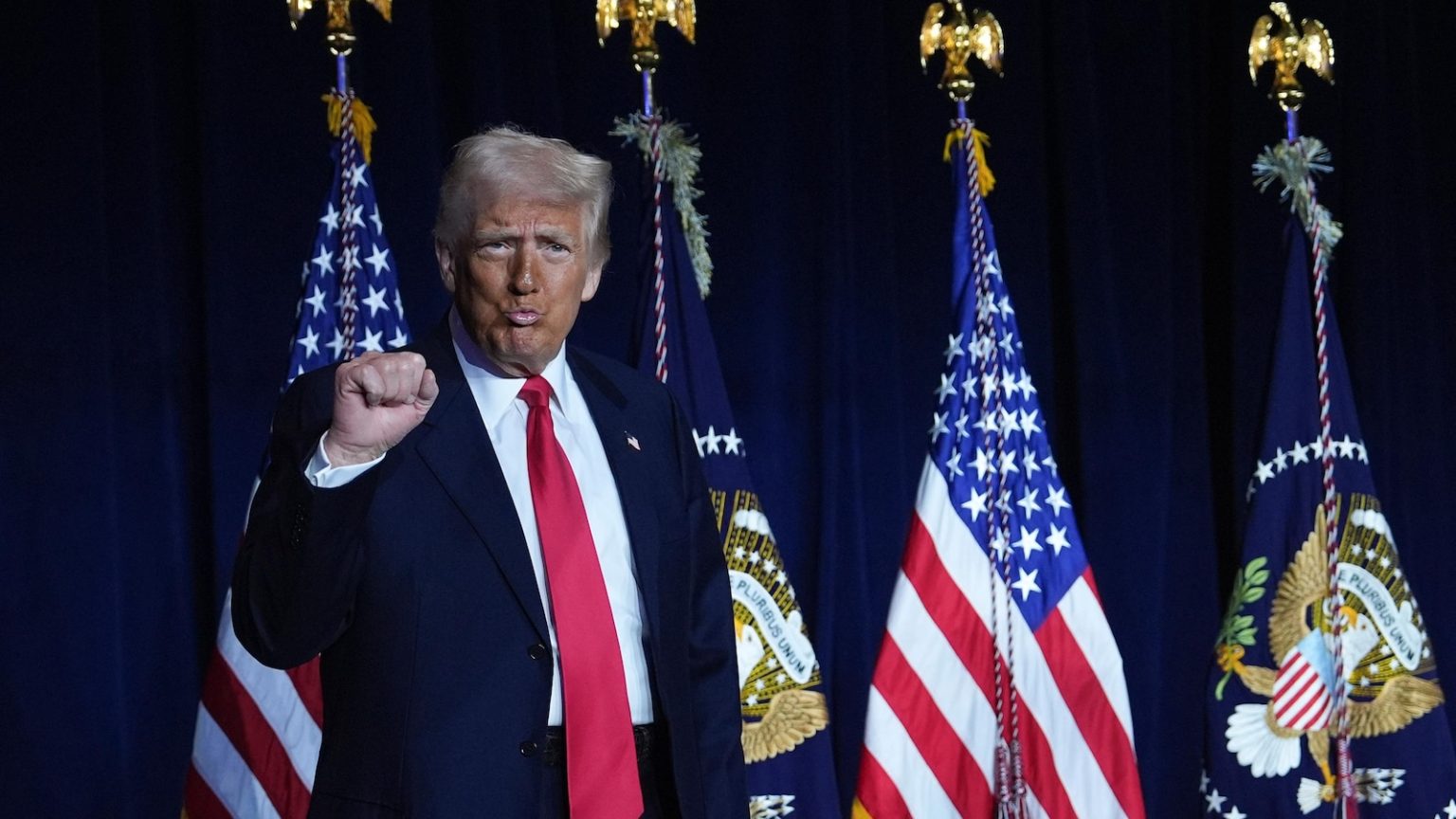The Trump Administration Takes Aim at Federal Payments to Media Outlets
In a recent escalation of its long-standing feud with the media, the Trump administration has set its sights on federal government payments to prominent news organizations like Politico, The New York Times, and The Associated Press. These payments, which are typically made for subscriptions or content licensing, have been labeled as potentially “THE BIGGEST SCANDAL OF THEM ALL” by President Donald Trump. This latest move marks the administration’s attempt to merge two of its favorite political targets—government spending and the media—into a single rhetorical attack. However, the administration has provided no concrete evidence to support its claims of impropriety, fueling concerns among free press advocates about the motivations behind this scrutiny.
The White House press secretary, Karoline Leavitt, announced that the government had paid over $8 million for Politico subscriptions and that Elon Musk’s government efficiency team was working to cancel these payments. This revelation sparked a frenzy on social media, with online sleuths scrambling to uncover more evidence of taxpayer-funded media spending. Richard Grenell, Trump’s special envoy, demanded an immediate halt to such payments, while Trump himself took to his Truth Social platform to accuse the “FAKE NEWS MEDIA” of using government funds to produce favorable coverage of Democrats. At a national prayer breakfast, Trump bragged about the administration’s efforts to uncover media spending, claiming, “We’re catching them left and right.”
A Common Practice Under Fire
The practice of federal and state governments subscribing to major media outlets is not unusual. Governments often rely on these subscriptions to stay informed about strategic issues, both domestically and internationally. For instance, the U.S. State Department may use international news reporting to gain clarity on incidents in countries of interest to the United States. Similarly, agencies like the Department of Transportation may track trade publications to stay updated on industry trends.
Politico Pro, one of the services in question, offers real-time tracking of policy, legislation, and regulations through news, intelligence, and data products. The company emphasized that these subscriptions are straightforward transactions, akin to the government purchasing research, equipment, or software. Politico’s CEO and editor-in-chief were quick to clarify that the platform does not receive government subsidies and operates independently, with no hidden agenda. The New York Times also responded, revealing that it earned less than $2 million from government subscriptions last year, which are offered at a discounted rate. The Times noted that these subscriptions provide access to its journalism for government officials and public servants, who, like millions of other Americans, seek to understand the world through independent reporting.
Elon Musk and the Broader Critique of Media Funding
Elon Musk, a frequent critic of mainstream media and the owner of a platform that competes with traditional news outlets, has also weighed in on the issue. He retweeted a post complaining about the Associated Press (AP) receiving millions of dollars in government funding over the years, adding, “Not for long. This is obviously a huge waste of taxpayer money.” The AP defended its arrangement, explaining that it licenses its nonpartisan journalism to the U.S. government, just as it does to thousands of other news outlets and customers worldwide. The organization emphasized that this practice is common for governments seeking reliable content.
Meanwhile, Musk’s focus on the U.S. Agency for International Development (USAID) has raised concerns about $268 million in congressionally authorized funding aimed at supporting independent journalists globally, including those in conflict zones like Ukraine. Reporters Without Borders warned that denying this funding could create a vacuum that propagandists and authoritarian regimes could exploit. Clayton Weimers, executive director of the organization’s U.S. branch, argued that cutting this support would undermine efforts to promote press freedom and independent journalism around the world.
The Broader Implications for Press Freedom
The Trump administration’s targeting of federal payments to media outlets has sparked widespread concern among free press advocates. While the administration frames its criticism as a fiscal accountability issue, critics argue that this rhetoric is part of a larger effort to delegitimize the media and undermine trust in independent journalism. Trump has long been a vocal critic of the press, frequently labeling negative coverage as “fake news” and attacking outlets like CBS’ “60 Minutes” for their reporting.
The situation is further complicated by the administration’s plans for Voice of America (VOA), a media outlet with a charter guaranteeing its editorial independence. The VOA has historically been seen as a symbol of press freedom and a counterbalance to state-controlled media in authoritarian regimes. However, Trump’s rhetoric and actions have raised fears that the administration is attempting to exert undue influence over the outlet, potentially compromising its independence.
A Shift in the Battle Against the Media
This latest skirmish between the Trump administration and the media represents a shift in the ongoing battle. By linking federal spending to media subscriptions, Trump has managed to conflate two of his favorite political targets—government waste and the “fake news” media—into a single narrative. While there is no evidence to suggest that these payments are improper or wasteful, the administration’s rhetoric has already sparked a divisive debate about the relationship between the government and the press.
The backlash has also highlighted the importance of these subscriptions to the functioning of government. Officials rely on independent journalism to make informed decisions, and cutting off access to reputable news sources could impair their ability to understand critical issues. Furthermore, the administration’s actions have drawn attention to the broader issue of government transparency and the role of the media in holding power to account.
The Future of Media Funding and Press Freedom
As the Trump administration continues its push to scrutinize and cut federal payments to media outlets, the implications for press freedom and government transparency remain uncertain. While some argue that the criticism is overdue and necessary to ensure accountability, others warn that it could erode the independence of the press and undermine trust in democratic institutions. The debate over media funding has also raised questions about the role of government in supporting journalism, both domestically and internationally.
Ultimately, the administration’s stance on media funding reflects a larger political strategy aimed at discrediting the media and consolidating power. By framing common practices as scandals and targeting outlets that produce critical reporting, Trump continues to stir division and mistrust. As the 2024 election approaches, this rhetoric is likely to intensify, further polarizing the nation and raising the stakes for the future of independent journalism.















